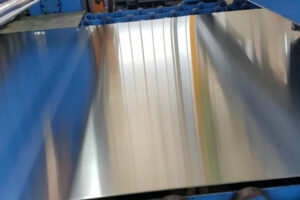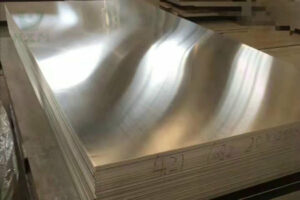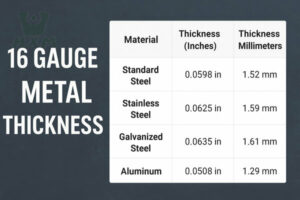When selecting an aluminum alloy for your project, you might have the basic grade figured out, like “6061” or “5052.” But it’s the suffix that follows—codes like -T6 or -H32—that holds the secret to the material’s final performance. This short code is the key that differentiates a soft, easy-to-bend sheet from a hard, high-strength structural beam.
So, what does this code really mean? And how does it impact your design and manufacturing process?
At HXM Aluminum, we deal with these critical performance details every day. This guide will fully decode these important temper designations, empowering you to choose your materials with confidence.
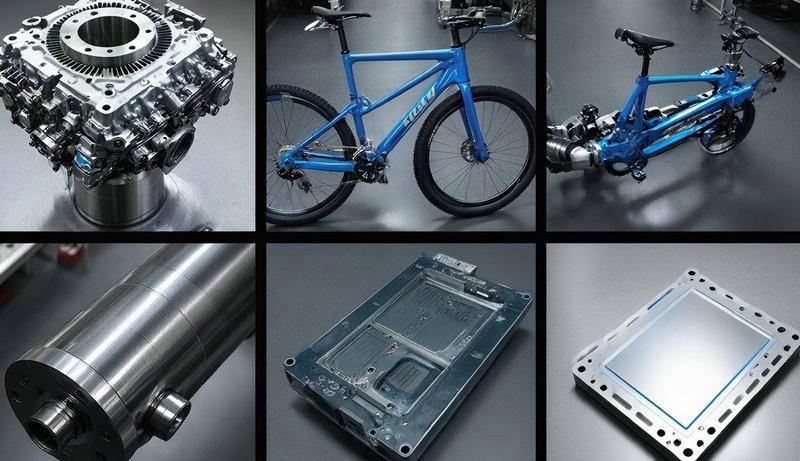
Why This Suffix is So Important
An aluminum alloy’s properties are not fixed. Through heat treatment or mechanical work, we can precisely “customize” its mechanical characteristics. The suffix, known as the Temper Designation, is the standardized code for this “customization” process.
It directly dictates the material’s:
Strength
Hardness
Ductility / Formability
Machinability
Corrosion Resistance
Choosing the wrong temper can lead to a part cracking during forming or failing under load.
The Two Main Families: -H vs. -T
All temper codes fall into two main categories, depending on the type of alloy they apply to:
-Hxx: Strain Hardening (or Work Hardening)
Applies to: Non-heat-treatable alloys, such as the 1xxx, 3xxx, and 5xxx series.
The Principle: The alloy is strengthened by cold working (e.g., rolling or drawing), which changes the metal’s crystal structure, making it stronger and harder. Imagine bending a paperclip back and forth—it gets progressively harder to bend.
-Txx: Thermal Treatment (Heat Treatment)
Applies to: Heat-treatable alloys, such as the 2xxx, 6xxx, and 7xxx series.
The Principle: The strength is significantly increased through a cycle of controlled heating and cooling (solution heat treatment, quenching, and aging). This process controls the distribution of elements within the alloy to create microscopic strengthening particles.
Deep Dive: Decoding Common Temper Codes
The -Hxx Tempers: The World of Strain Hardening
The -H code is usually followed by two or three digits.
The first digit indicates the primary method of processing:
H1: Strain-hardened only.
H2: Strain-hardened and partially annealed (softened slightly).
H3: Strain-hardened and stabilized (a low-temperature heat treatment).
The second digit indicates the degree of hardness, on a scale of 0 to 8:
Hx2: 1/4 Hard
Hx4: 1/2 Hard
Hx6: 3/4 Hard
Hx8: Full Hard
Example Explained:
5052-H32: A 5052 aluminum alloy has been strain-hardened and stabilized to a quarter-hard (1/4) temper. This gives it good formability and medium strength while maintaining its excellent corrosion resistance, making it ideal for marine and automotive sheet metal parts.
The -Txx Tempers: The Art of Heat Treatment
The world of -T tempers is more complex, but these are the ones you’ll encounter most often:
T4: Solution Heat-Treated & Naturally Aged
The Process: The aluminum is heated, quenched in water, and then allowed to harden naturally at room temperature over time.
Characteristics: This temper offers moderate strength but has excellent formability. It’s perfect for parts that require complex bending or drawing. After forming, it can be aged again to a T6 temper for higher strength.
T6: Solution Heat-Treated & Artificially Aged
The Process: Similar to T4, but after quenching, the material is “baked” in a furnace at a specific temperature for several hours (artificial aging).
Characteristics: This is one of the most common and strongest tempers. It provides an excellent combination of high strength, good machinability, and weldability. Its formability, however, is more limited than T4.
Example Explained:
6061-T6: This is the “workhorse” of the aluminum world. It has been fully heat-treated and artificially aged to achieve a high level of strength and hardness. This makes it the go-to choice for structural applications, CNC machining, bicycle frames, and nearly any application requiring a strong, lightweight material.
Quick Reference Guide: How to Choose Aluminum Tempers?
| If your primary need is… | Then you should consider… | Typical Alloy Examples |
| Excellent Bending & Formability | -O (Annealed) or a -T4 Temper | 3003-O, 6061-T4 |
| Good Strength & Corrosion Resistance | An -H32 or -H34 Temper | 5052-H32 Aluminum Sheet |
| Maximum Strength & Hardness | A -T6 or -T651 Temper | 6061-T6 Aluminum Plate, 7075-T6 |
| General Purpose, Cost-Effective Sheet | An -H14 or -H24 Temper | 3003-H14 |
Conclusion: The Suffix Defines Success
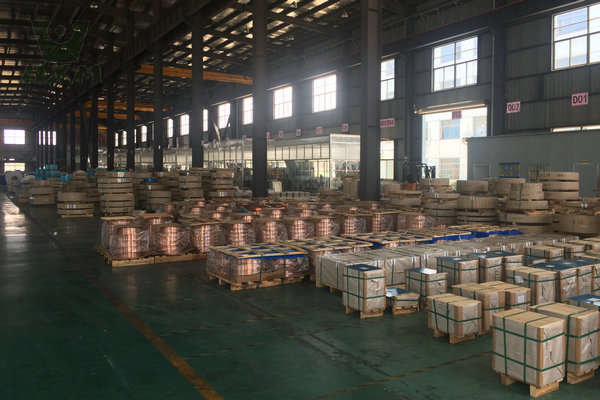
Now, when you see “6061-T6,” you’ll know it represents more than just a piece of aluminum—it’s a high-performance engineering material, precisely treated for strength and machinability.
Understanding these temper designations means you can communicate your requirements more accurately, estimate costs more effectively, and ultimately select the perfect material to ensure your project’s success and avoid costly failures.
Feeling unsure about the right temper for your next project? Need a quote for a specific alloy and temper?
Contact an HXM Aluminum material expert today! Let our technical knowledge be your competitive advantage. We’re here to help you find the perfect solution for your application.
